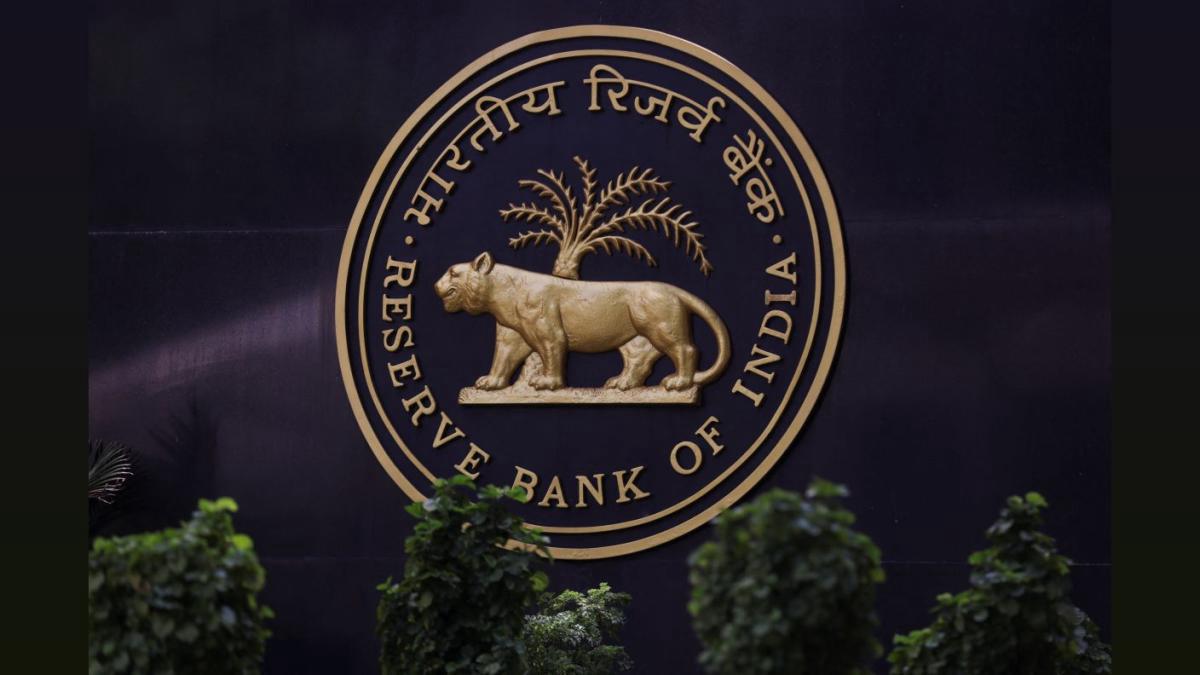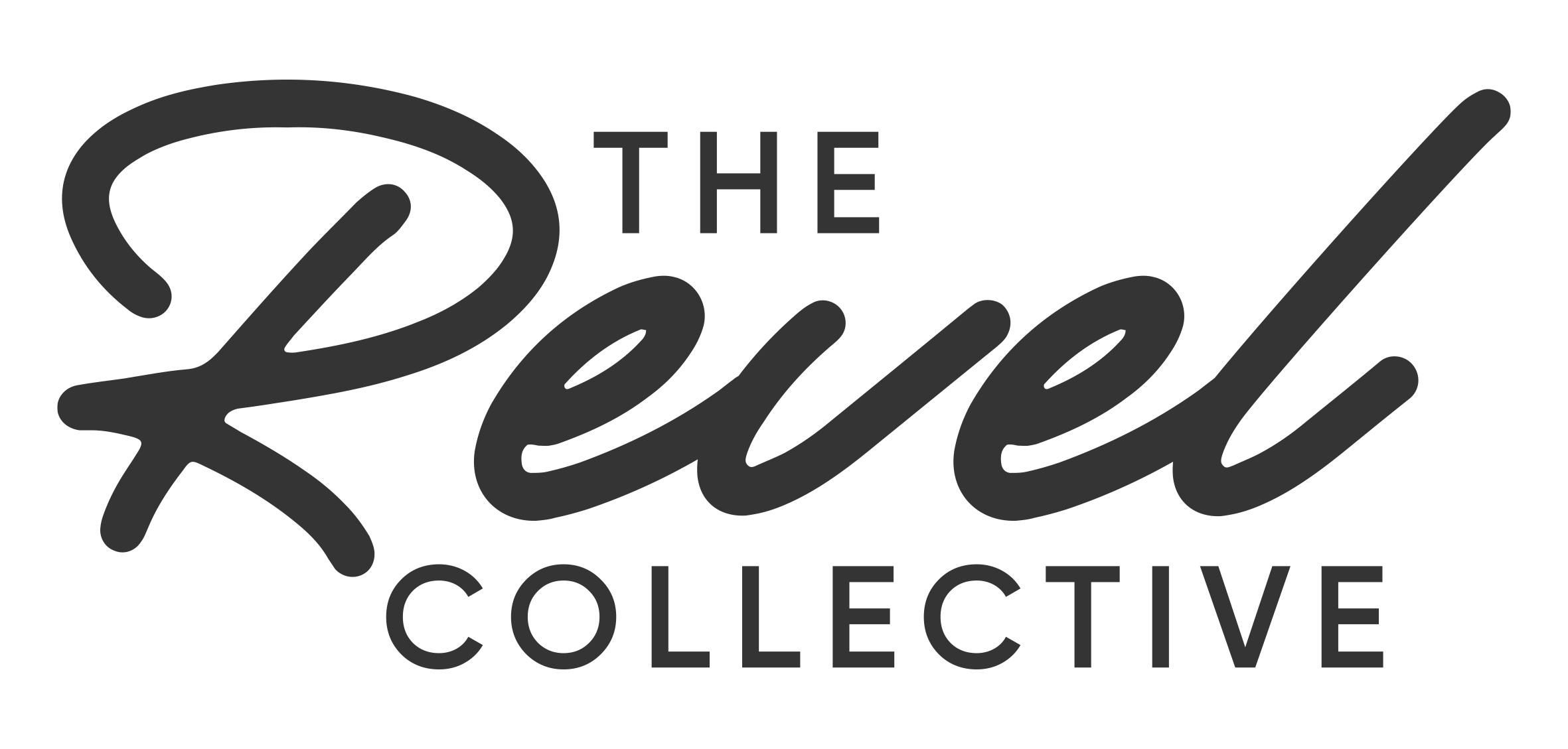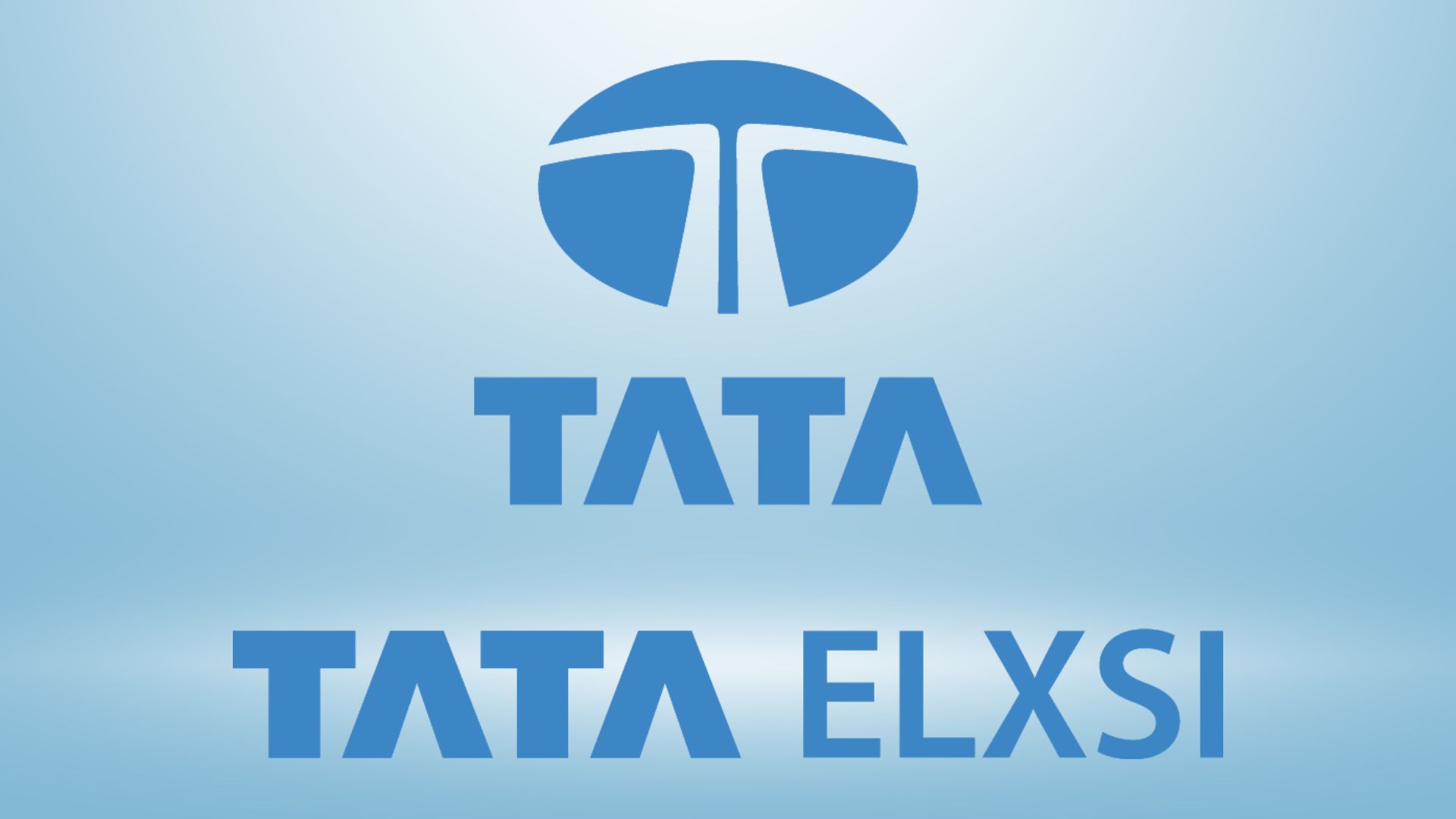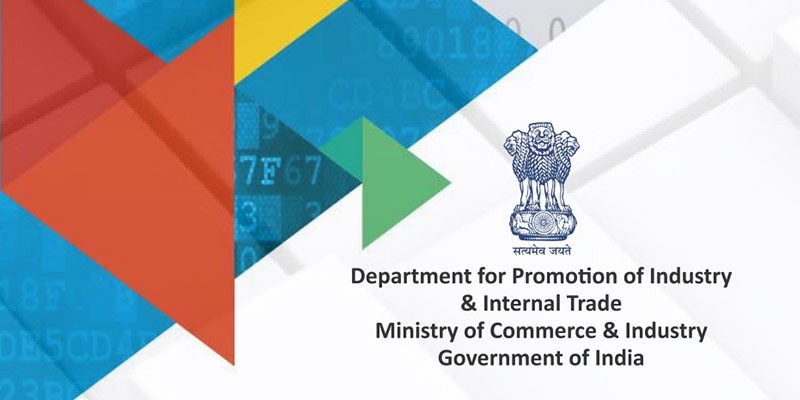 Image Source: Rediff Money
Image Source: Rediff Money
Key Highlights
-
The Ministry of Finance (FinMin) of India has indicated significant scope for further interest rate cuts by the Reserve Bank of India (RBI), given that inflation continues to stay comfortably below the central bank’s medium-term target of 4 percent
-
-
Consumer inflation, as measured by the Consumer Price Index (CPI), has remained under the 4 percent mark since February 2025 and fell to a six-year low of 2.82 percent in May, well within the RBI’s tolerance band of 2 to 6 percent
-
-
Core inflation has also remained subdued, providing additional policy space for the RBI to sustain and possibly deepen the monetary easing cycle to support growth in the economy
-
-
Since February 2025, the RBI has already reduced the policy repo rate by 100 basis points (1 percentage point) from 6.5 percent, signaling a shift towards accommodative monetary policy following earlier tightening phases
-
-
The Finance Ministry’s monthly economic review highlights that inflation for the full fiscal year 2025-26 is likely to undershoot the RBI’s projected headline inflation target of 3.7 percent, potentially coming in even lower due to favorable macroeconomic factors
-
-
Global dynamics, particularly subdued crude oil prices owing to increased production by OPEC and its allies, are contributing to lower inflationary pressures in India, supporting the monetary easing case
-
-
Fiscal prudence remains a priority, with both the Central and State governments maintaining capital expenditure momentum while adhering to fiscal consolidation commitments
-
-
The RBI’s Monetary Policy Committee (MPC) is scheduled to meet from August 4 to 6, and new inflation data will be crucial in shaping its decision on whether to continue the rate cut cycle to stimulate economic growth
Inflation Trends and RBI’s Targeting Framework
-
Inflation management is the cornerstone of RBI’s monetary policy framework, which targets headline inflation based on CPI to be maintained at 4 percent with a tolerance range of plus or minus 2 percentage points (i.e., between 2 and 6 percent). Retail inflation has consistently been inside this band over the last three quarters:
-
-
March 2025 April 2025 May 2025 June 2025
-
-
Consumer inflation dipped from approximately 3.16% in April, to 2.82% in May, further down to 2.10% in June — marking the lowest inflation rate in six years
-
-
Food inflation, which accounts for nearly half of the CPI basket, eased sharply, with notable declines in prices of pulses, vegetables, fruits, cereals, and sugar
-
-
Fuel and light inflation moderated despite temporary volatility in crude prices, aiding overall disinflation
-
-
Core inflation, which excludes volatile food and fuel components, remains subdued, indicating soft underlying price pressures
Economic and Policy Implications
-
The sustained low inflation trending below target opens room for the RBI to adopt an accommodative stance to foster investment, credit growth, and economic expansion. Key implications include:
-
-
Potential for additional reductions in the policy repo rate to lower borrowing costs for businesses and consumers
-
-
Support for revival of private sector investments and strengthening market confidence amid global uncertainties
-
-
Alignment with fiscal policy that maintains disciplined government spending while reducing inflationary risks
-
-
Enhanced prospects for growth in sectors sensitive to interest rates, such as housing, automobile purchases, and infrastructure development
-
-
Improved affordability and consumption demand due to moderation in input costs and price expectations
Risks and Considerations
-
While the case for further rate cuts is clear, policymakers remain vigilant about potential risks:
-
-
Inflation could rise again if global commodity prices surge unexpectedly
-
-
Sudden geopolitical developments or supply chain disruptions might exert inflationary pressures
-
-
RBI balances multiple objectives including currency stability, financial market conditions, and credit quality alongside inflation and growth
-
-
The MPC will weigh data on economic activity, inflation outlook, and global cues to calibrate fine-tuned policy responses
Outlook and Upcoming Monetary Policy Decision
The MPC meeting in early August 2025 will closely consider the recent disinflation trends, the evolving macroeconomic environment, and the call from the Finance Ministry for accommodative measures. Market expectations are tilted towards possible additional rate cuts, though the extent will depend on nuanced data signals including:
Inflation trajectory over subsequent months
Growth momentum domestically and internationally
Fiscal policy signals and credit demand patterns
RBI’s assessment of risks around inflation expectations
Conclusion
India’s inflation remaining comfortably below the RBI’s 4% midpoint target, supported by subdued core inflation and favorable global commodity prices, has paved the way for further monetary easing. The Finance Ministry’s endorsement of more rate cuts reinforces the central bank’s flexibility to act in favor of growth without compromising price stability. With the upcoming MPC meeting, investors, businesses, and consumers await clarity on monetary policy, anticipating a supportive stance that facilitates India’s economic expansion in the medium term.
Sources: Times of India, Press Information Bureau (PIB), Economic Times
Advertisement
STORIES YOU MAY LIKE
 Image Source: The Revel Collective
Image Source: The Revel Collective
 Image Source: Investor Meet Company
Image Source: Investor Meet Company
Advertisement







